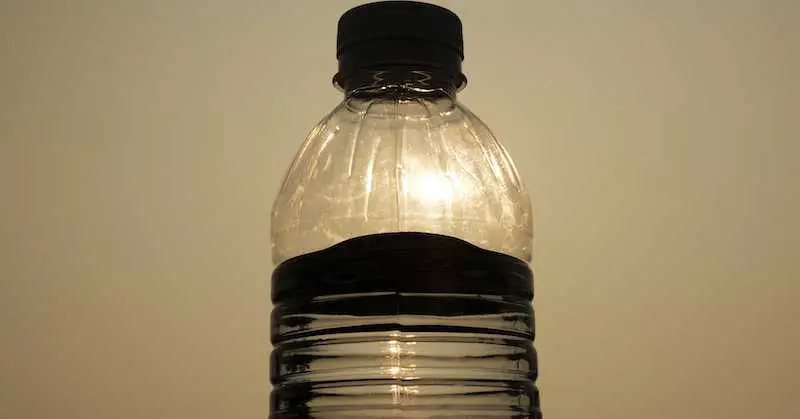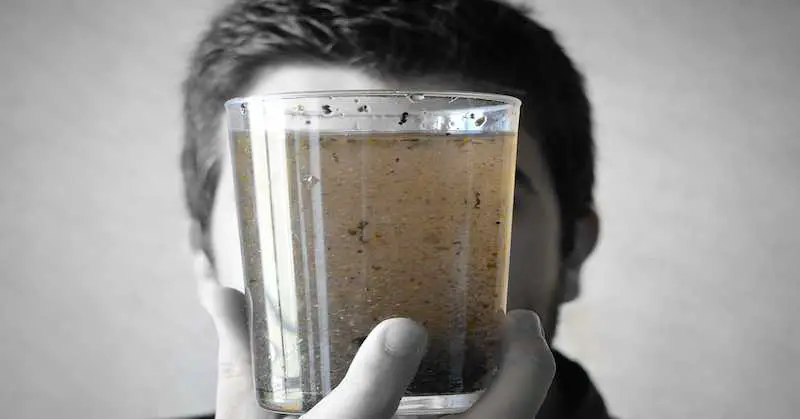
In an eye-opening article, Consumer Reports (CR), the independent consumer advocacy and testing organization has taken on problems with the largely self-policing nature of the bottled water industry, a lack of safety inspections and follow-up by the US Food and Drug Administration (FDA), and failure by companies to report instances when products fail to meet quality standards.
CR’s article reveals, among other concerns: FDA inspectors have found instances where a bottled water company’s in-house test reports revealed they distributed water that tested positive for Escherichia coli (E. coli, which is regarded as an indicator of fecal contamination) and did not bother to conduct follow-up testing. The FDA inspector did not request a recall and the company never notified consumers about the problem. 1
This was all a total disregard for the FDA’s compliance guide for the bottled water industry regarding E. coli which requires any bottled water plant that tests positive for the fecal bacteria to rectify the problem at the source and only after 5 water samples collected over a 24-hour period test negative, will the source be considered free of E. coli. 2
This was not an isolated incident. According to CR, in the last decade “the FDA has cited companies at least 14 times for failing to meet federal quality standards for bottled water, but in most of those cases, the agency didn’t force a recall of products that might not yet have been consumed. For those products that weren’t recalled, bottlers also don’t appear to have informed consumers about test results showing excessive contamination—something that public water supplies have to do for the same sort of violations.” 1 You can read the full CR report here.

When E. coli is identified in public water systems, local water authorities are required to inform the public within 24 hours and post a notice by one or more of these methods: radio, television, hand or direct delivery, and/or posting inconspicuous locations. As part of this notice, the US Environmental Protection Agency (EPA) has standard instructions that must be used telling the public to boil their water before using it until repeated water sample tests demonstrate bacteria is no longer present in the public water system. 3
In explaining to the public the significance of the required notices, the EPA has this to say:
“Inadequately treated or inadequately protected water may contain disease-causing organisms. These organisms can cause symptoms such as diarrhea, nausea, cramps and associated headaches. E. coli are bacteria whose presence indicates that the water may be contaminated with human or animal wastes. Human pathogens in these wastes can cause short-term effects, such as diarrhea, cramps, nausea, headaches, or other symptoms. They may pose a greater health risk for infants, young children, some of the elderly, and people with severely-compromised immune systems. These symptoms are not caused only by organisms in drinking water. If you experience any of these symptoms and they persist, you may want to seek medical advice.” 3
Canadians will remember that contamination of the municipal water supply in Walkerton, Ontario by E. coli resulted in the country’s worst public health disaster that killed 7 people and sickened 2,300. A public inquiry found that “budgetary restrictions introduced by the provincial government 4 years before the outbreak were enacted with no assessment of risk to human health…Budgetary cuts destroyed the checks and balances that were necessary to ensure municipal water safety.” 4
The system of checks and balances in the US appears to be eroding quickly. According to another 2019 CR article, about impermissible levels of arsenic found in some brands of bottled water, “The federal government’s safety inspections of water bottling facilities hit a 15-year low in 2017, according to documents CR obtained through a public records request. In 2010, the FDA conducted 371 inspections; by 2017, that number fell to 209. 5
Because there is no single source for quality reports from bottled water companies, CR has taken it upon themselves to gather reports directly from companies and post them on the CR website that you can access here. The list was current as of May 2019 and CR states that they plan to continue adding reports in the future. 6
Many of us choose bottled water because it feels like a safer alternative to tap water for our families, especially in the wake of the water contamination crisis in Flint, Michigan. As we hurry through grocery stores, how many of us stop to read the labels to see just where the bottled water comes from? Business Insider made this quick animation a couple of years ago that shows where some of the big brands source their products, whether from filtered local tap water or natural springs. VIDE
Business Insider: Animated Map Shows Where Your Bottled Water Actually Comes From. 1 November 2016.
Background: For our readers who are unfamiliar with Consumer Reports, here is the description from their “About Us” page: “Consumer Reports is an independent, nonprofit member organization that works side by side with consumers for truth, transparency, and fairness in the marketplace. In addition to our rigorous research, investigative journalism, and consumer advocacy, we work with other organizations, including media, consumer groups, research and testing consortiums, and philanthropic partners to inform purchase decisions, improve the products and services that businesses deliver, and drive regulatory and fair competitive practices.” 7
References
1Felton R. The FDA Knew the Bottled Water Was Contaminated. The Public Didn’t. 21 November 2019. Consumer Reports. https://www.consumerreports.org/bottled-water/the-fda-knew-the-bottled-water-was-contaminated-the-public-didnt/?EXTKEY=YSOCIAL_FB&fbclid=IwAR1osN1Aq3Te2uOAnw9vX1IBJAl29a58lsL_NgdvSa4b-atAF4ovGNkVJfo
2Food and Drug Administration (FDA). Small Entity Compliance Guide: Bottled Water and Total Coliform and E. coli. Final Guidance. March 2010 (Content noted as current as of 09/20/2018). https://www.fda.gov/regulatory-information/search-fda-guidance-documents/small-entity-compliance-guide-bottled-water-and-total-coliform-and-e-coli
3Environmental Protection Agency (EPA). Public Notification: Drinking Water E. coli Contamination Boil Advisory Template. https://www.epa.gov/sites/production/files/2016-03/documents/pn_e_coli_boil_advisory.pdf
4Salvadori MI. Factors That Led to the Walkerton Tragedy. Kidney International 2009: 74 (Supplement 112): S33-S34. https://www.sciencedirect.com/science/article/pii/S0085253815536120
5Felton R. Arsenic in Some Bottled Water Brands at Unsafe Levels, Consumer Reports Says. 28 June 2019. Consumer Reports. https://www.consumerreports.org/water-quality/arsenic-in-some-bottled-water-brands-at-unsafe-levels/
6Felton R. Find Out What’s in Your Bottled Water: CR Assembled a List of Water Quality Reports from More than 120 brands. 9 May 2019. Consumer Reports. https://www.consumerreports.org/water-quality/find-out-whats-in-your-bottled-water-water-quality-reports/
7Consumer Reports. About Us. https://www.consumerreports.org/cro/about-us/what-we-do/index.htm
Video: Business Insider: Animated Map Shows Where Your Bottled Water Actually Comes From. 1 November 2016. https://youtu.be/ij5A-BwDugg

This Site Was Inspired By An Interest in Protecting the Environment:
We had the privilege and joy of learning from Dr. Charlie Stine who instilled a love for the natural world through incredible field trips with the Johns Hopkins Odyssey Certificate program in Environmental Studies. At the time, the program was endorsed by the Maryland Department of Natural Resources. Sadly, after Dr. Stine retired, the program was phased out. We hope that we honor his legacy by shining a bright light on environmental issues and sharing good news about the success of various conservation programs when possible.